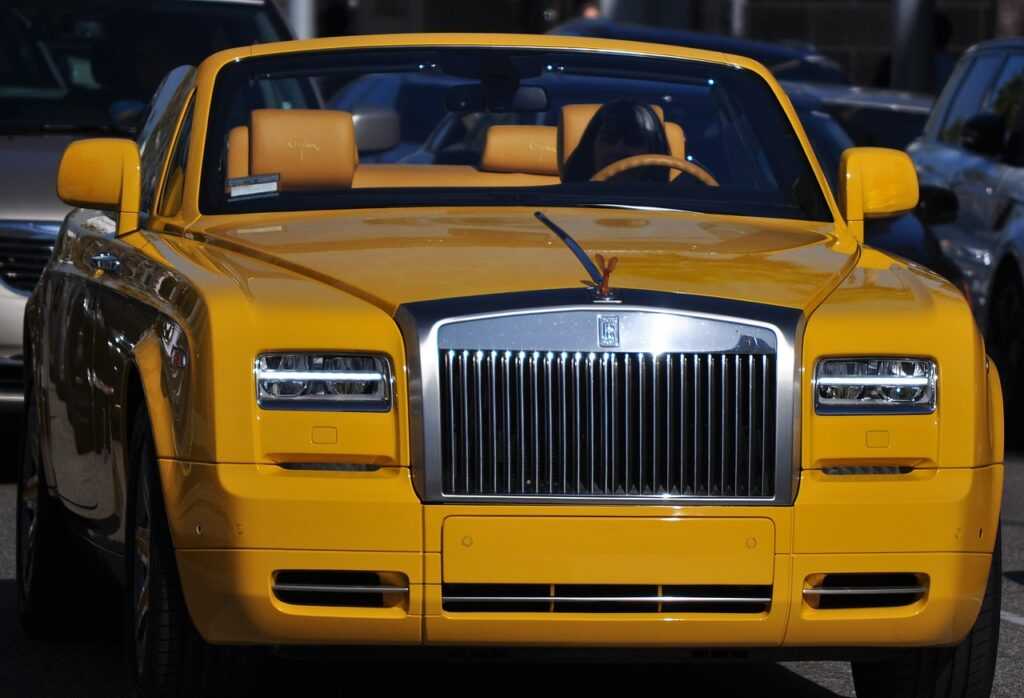Origin and Influence
At the heart of urban streetwear fashion lies its rich history and diverse influences. Emerging in the late 1970s and gaining mainstream popularity in the 1990s, this style drew inspiration from the streets of inner cities and the creativity of young individuals seeking selfexpression. Brands like Supreme, Stussy, and BAPE played pivotal roles in shaping the landscape of urban streetwear, infusing the culture with their signature designs and limitededition releases.
Key Elements
The essence of urban streetwear fashion can be distilled into several key elements that define its unique appeal:
Comfort: Streetwear prioritizes comfort without sacrificing style, with oversized hoodies, baggy pants, and relaxed fits being staples of the aesthetic. Branding: Logos and branding are significant in urban streetwear, serving as symbols of identity and affiliation with specific brands or subcultures. Mixing High and Low Fashion: Streetwear blurs the lines between highend luxury brands and more accessible pieces, creating unexpected yet stylish combinations. Athletic Influence: Sportswear elements such as hoodies, sneakers, and joggers are consistently integrated into urban streetwear, adding a dynamic and athletic flair to outfits.
Evolution and Innovation
As urban streetwear continues to evolve, it undergoes constant innovation and reinvention to stay ahead of trends and maintain its relevance. Collaboration plays a significant role in this evolution, with brands partnering with artists, musicians, and other designers to create limitededition collections that drive hype and demand within the community. The rise of streetwear influencers and social media has also propelled this fashion style lwspeakstyle into the mainstream, making it more accessible and influential than ever before.
Mainstream Versus Underground
One of the most intriguing aspects of urban streetwear fashion is the delicate balance between mainstream appeal and underground exclusivity. While certain brands and styles have crossed over into mainstream fashion, many streetwear enthusiasts value the exclusivity and authenticity of underground and lesserknown labels. This dichotomy creates a dynamic tension within the streetwear community, where individuals can express their unique style preferences while remaining connected to a broader cultural movement.
Sustainability and Social Responsibility
In recent years, sustainability and social responsibility have become increasingly important considerations within the fashion industry, including urban streetwear. As consumers become more conscientious about the environmental and social impact of their purchasing decisions, streetwear brands are responding by incorporating sustainable materials, ethical production practices, and community initiatives into their business models. This shift towards sustainability reflects a broader trend towards conscious consumerism and a desire for fashion to be both stylish and socially responsible.
In conclusion, urban streetwear fashion continues to captivate and inspire individuals around the world with its fusion of style, comfort, and cultural significance. Whether you’re a diehard streetwear enthusiast or simply curious about this dynamic fashion movement, there’s no denying the lasting impact of urban streetwear on the industry as a whole. Stay tuned as this everevolving trend continues to push boundaries and redefine the boundaries of modern fashion.


 Lawerencer Cookanera – Founder & Chief Editor
As the driving force behind Casino Champs Fortune, Lawerencer Cookanera founded the platform with a mission to empower casino enthusiasts by providing them with well-researched, insightful content. Lawerencer brings years of experience in the casino industry, overseeing the editorial strategy to ensure high-quality, trustworthy content across a variety of topics. From uncovering the mechanics of progressive jackpots to delivering in-depth guides on how to play and win big, he ensures every piece of content aligns with the site’s vision. Lawerencer is dedicated to fostering a responsible gaming environment, offering readers practical advice and expert insights that elevate their casino experience.
Lawerencer Cookanera – Founder & Chief Editor
As the driving force behind Casino Champs Fortune, Lawerencer Cookanera founded the platform with a mission to empower casino enthusiasts by providing them with well-researched, insightful content. Lawerencer brings years of experience in the casino industry, overseeing the editorial strategy to ensure high-quality, trustworthy content across a variety of topics. From uncovering the mechanics of progressive jackpots to delivering in-depth guides on how to play and win big, he ensures every piece of content aligns with the site’s vision. Lawerencer is dedicated to fostering a responsible gaming environment, offering readers practical advice and expert insights that elevate their casino experience.
